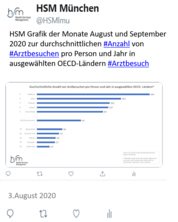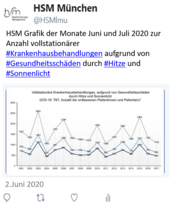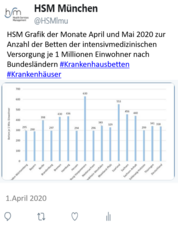Trends and levels of avoidable mortality among districts: "Healthy" benchmarking in Germany
| Autoren/Herausgeber: |
Sundmacher, L. |
|---|---|
| Erschienen: | 2013 |
| Publikationsart: | Articles in Refereed Journals (International) |
| ISBN/ISSN: | 0168-8510 |
| erschienen in: | Health Policy |
| Weitere Quellenangabe: | Volume 109(3), Pages 281–289 |
Abstract
All developed nations use indicators to monitor the health of their populations, but few nations provide a systematic monitoring of indicators for small regional units. The present study aims to contribute to the literature a single graph that provides a quick and comprehensive overview of the level of and trend in avoidable mortality in each German district as compared to the national average and development. Using mortality data from the German Federal Statistical Office, I calculated the age-standardized number of avoidable deaths, separately for men and women, in each of the 413 local districts in Germany between 2000 and 2008.
For men, the graph illustrates that the districts with the highest rates of avoidable mortality are still located in the former East German states, but that some of these districts have improved significantly between the years 2000 and 2008 and are approaching the nationwide average. The graph for women shows slightly different results. Here, many urban areas show high rates of avoidable mortality with both favorable and unfavorable trends.
Health professionals could use the graph to establish realistic benchmarks that are based on countrywide comparisons of districts to a national average and trend, which may in turn help them to identify local districts in need of primary or secondary prevention programs or a more effective provision of health care.





